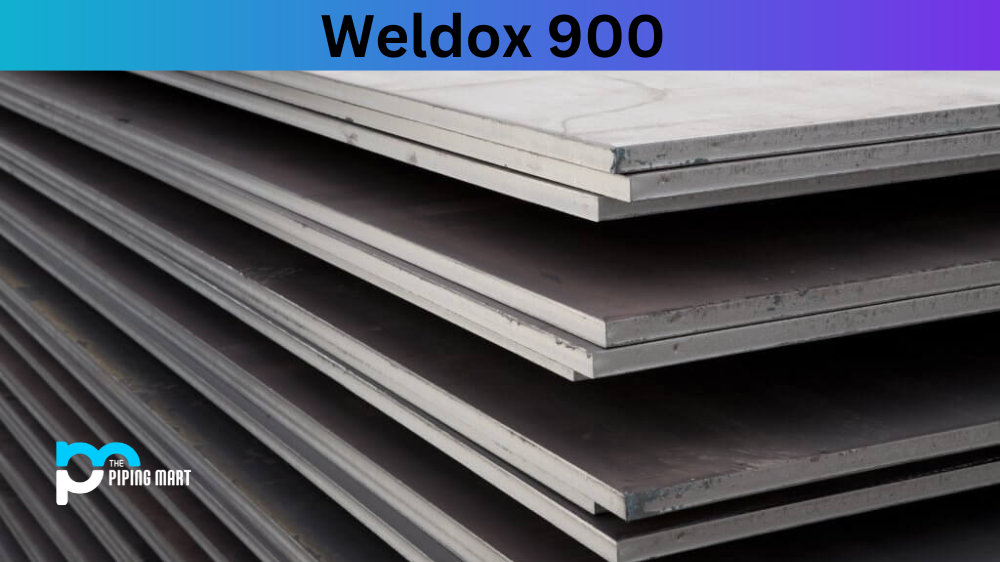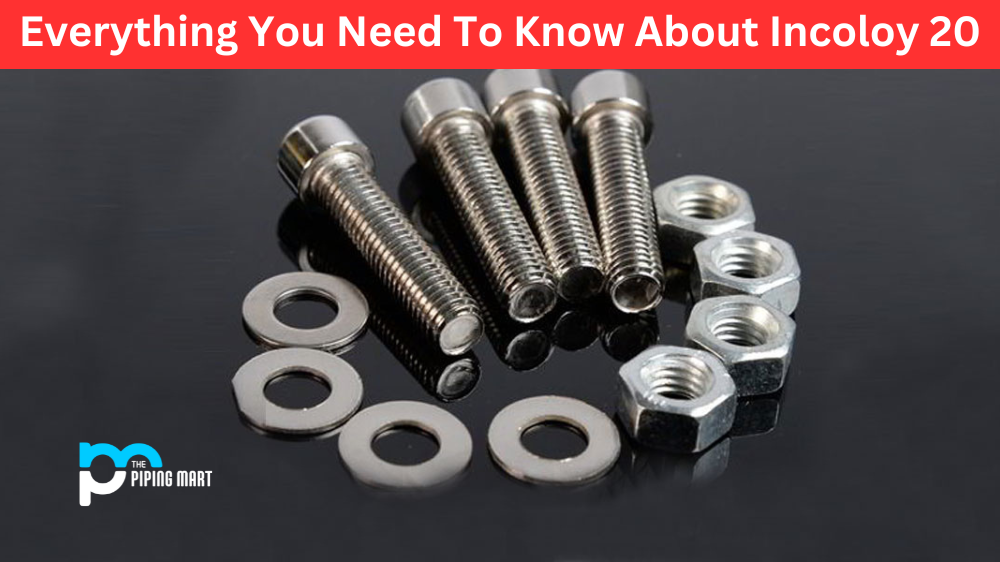Aluminum 3103 is an alloy with excellent mechanical and physical properties, making it a popular choice for many engineering applications. Let’s take a look at the composition, mechanical properties, physical properties, uses, corrosion resistance, heat resistance, heat treatment, machining, and welding of this versatile alloy.
Aluminium 3103 Composition
This alloy 3103 consists of aluminum with 1% manganese and 0.5% copper as the main elements. It also has trace amounts of magnesium and other elements that aid in its forming. Its unique composition gives it remarkable strength and corrosion resistance compared to other aluminium alloys.
| Element | Content (%) |
|---|---|
| Aluminum, Al | ≤ 96.3 |
| Manganese, Mn | 0.90 – 1.5 |
| Silicon, Si | ≤ 0.50 |
| Iron, Fe | ≤ 0.70 |
| Magnesium, Mg | ≤ 0.30 |
| Zinc, Zn | ≤ 0.20 |
| Copper, Cu | ≤ 0.10 |
| Zirconium, Zr + Titanium, Ti | ≤ 0.10 |
| Chromium, Cr | ≤ 0.10 |
| Remainder (each) | ≤ 0.050 |
| Remainder (total) | ≤ 0.15 |
Aluminum 3103 Mechanical Properties
With a tensile strength of 205 MPa (30 ksi) and yield strength of 115 MPa (17 ksi), Aluminum 3103 offers great strength while still being lightweight. It also has an elongation rate at break of 17%, giving it good ductility as well.
Aluminium 3103 Physical Properties
Grade 3130 has a density of 2.70 g/cm3 (0.0975 lb/in3), which makes it lighter than most steel alloys but still heavier than other aluminum alloys, such as 6061 T6 or 2024 T3. Its modulus of elasticity is 69 GPa (10 x 106 psi). It has good thermal conductivity with a value of 138 W/m-K (0.20 BTU in/hr-ft2-°F). Its electrical conductivity is 28 % IACS at 20°C (68°F).
| Properties | Metric | Imperial |
|---|---|---|
| Density | 2.73 g/cm³ | 0.0986 lb/in³ |
| Melting point | 655°C | 1211°F |
Thermal Properties
| Properties | Metric | Imperial |
|---|---|---|
| Thermal conductivity | 160 W/mK | 1109 BTU in/hr.ft².°F |
Equivalent
- Alcoa-190
- BA 60
- BS N3
- Aluman-100
- Alcan GB-3S
Aluminum 3103 Uses
Alloy 3103 is used in many applications such as roofing material, outdoor furniture, structural components for boats, bicycle frames and automotive parts like radiators and fuel tanks due to its excellent corrosion resistance and overall high strength-to-weight ratio. It can be easily formed into complex shapes by various techniques such as rolling or spinning due to its relatively low melting point compared to other metals such as steel or copper.
Corrosion Resistance
This alloy offers good corrosion resistance even when exposed to salt water environments or harsh chemicals due to its high levels of chromium content, which helps form a protective barrier on the metal surface.
Heat Resistance
This alloy can withstand temperatures up to 350°C (662°F) without any significant loss in its mechanical properties due to its high levels chromium content which help keep the metal from softening when exposed to high temperatures.
Heat Treatment
This metal can be annealed by heating it slowly up to 500°C (932°F) then cooling it slowly over several hours.
Machining
Machining this metal can be tricky as it tends to work harden quickly, so cutting tools need to be kept sharp.
Welding
Welding this metal requires special techniques due to its tendency to crack when heated too quickly; however, welds are strong and reliable if done correctly.
Conclusion
When you need an engineered solution for your next project, consider aluminum 3103 because this versatile metal offers excellent mechanical properties along with good corrosion resistance, heat resistance, machinability and weldability, making it ideal for many applications from automotive components like radiators fuel tanks etc. .to structural components for boats furniture etc. Thanks To Its Unique Composition And High Strength To weight Ratio, aluminium three one oh three Is A Popular Choice For Many Engineering Applications!
Meet Heer, a dynamic and driven writer learning tricks of her trade in the metal industry. With a background in Digital Marketing, Heer brings a unique perspective to her writing, sharing valuable insights. Apart from blogging she like reading and hiking.




